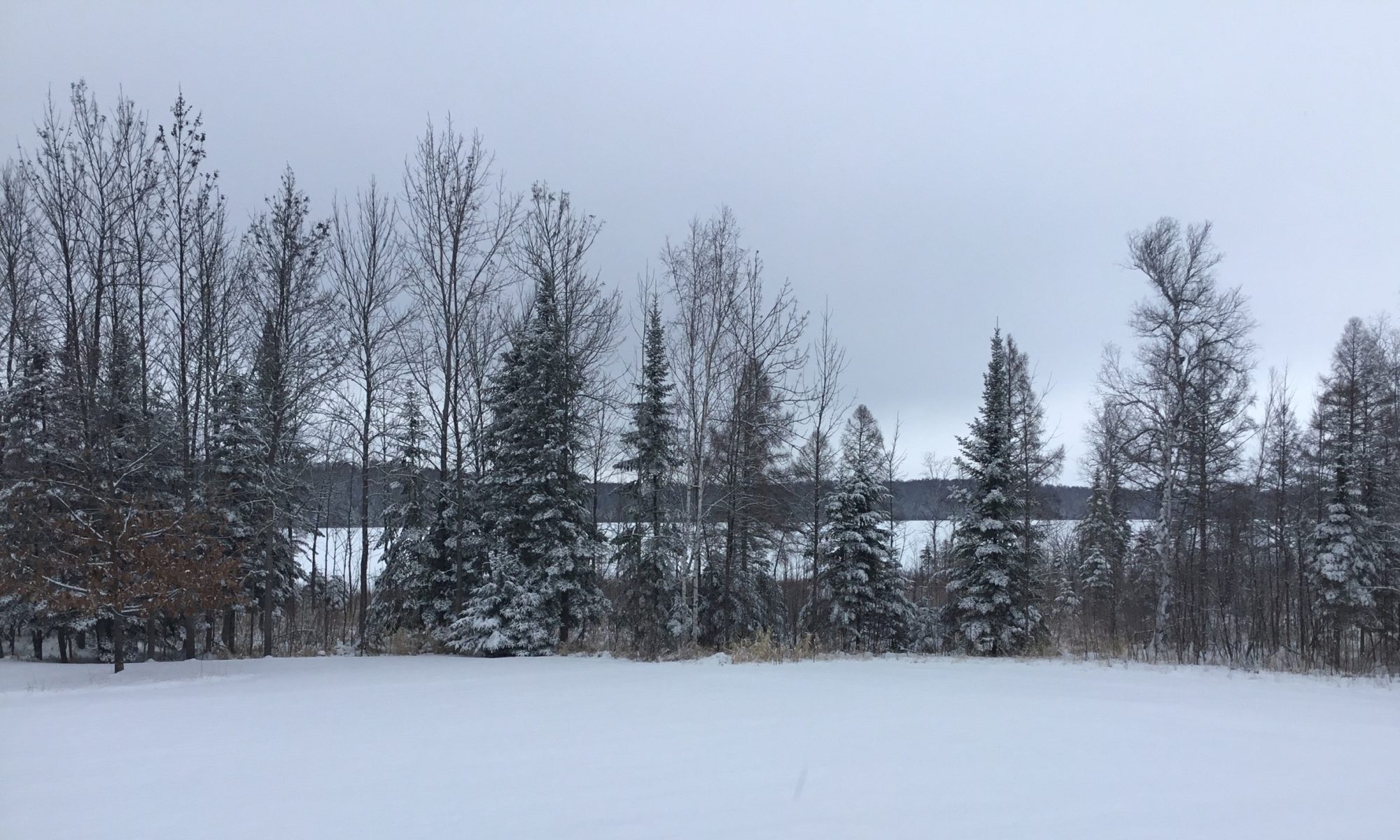
If you are a water recreationist—boater, angler, water-skier, sailor, or canoeist—there are some important things you can do to prevent the transport of invasive species from one lake or river to another. In Minnesota it is illegal to transport prohibited invasive species.
To see photos and read descriptions of aquatic invasive species, click here:
The following text and photos are from MN DNR:
MINNESOTA LAWS
It is unlawful to:
- transport aquatic plants, round goby, zebra mussels, or other prohibited species on public roads
- launch a watercraft with aquatic plants, zebra mussels, or prohibited/regulated invasive species attached
- transport water from infested waters in boats, livewells, and bait containers
- transport watercraft without removing the drain plug and opening water-draining devices
REQUIRED ACTIONS
| Inspect all watercraft, trailers, and equipment; remove any visible aquatic plants, zebra mussels, and other prohibited invasives species before leaving any water access. |

Drain water from boat, livewell, bilge, and impellor before leaving any water access. Also, drain bait containers at infested waters. If you want to keep your live bait when leaving infested waters, you must replace water in bait containers with tap or spring water.

Dispose of unwanted bait in the trash. It is illegal to release live bait into a waterbody or release aquatic animals from one waterbody into another.
RECOMMENDED ACTIONS
Some species are small and difficult to see at the access, so to remove or kill them before transporting your watercraft to other waters, either:
- Rinse your boat and boating equipment with hot tap water over 120º F – (see Wabana Township’s Boat Wash Station) ; or
- Spray your boat and trailer with a high-pressure sprayer. (The hot water sprayers at a car wash can be used); or
- Dry your boat and equipment for at least 5 days.
REPORT new sightings of aquatic invasive species. If you suspect a new infestation of an invasive plant or animal, save a specimen and report it to a local natural resource office.
ADDITIONAL STEPS
Recommended for the following activities:
- Shore and fly-fishing: Remove aquatic plants, animals, and mud from waders and hip boots. Drain water from bait containers.
- Personal watercraft: Avoid running engine through aquatic plants. Run engine for 5-10 seconds on the trailer to blow out excess water and vegetation from internal drive, then turn off engine. Remove aquatic plants and animals from water intake grate, steering nozzle, watercraft hull, and trailer.
- Sailing: Remove aquatic plants and animals from hull, centerboard or bilgeboard wells, rudderpost area, and trailer.
- Scuba diving: Remove aquatic plants, animals, and mud from equipment. Drain water from buoyancy compensator (bc), regulator, tank boot, and other containers. Rinse suit and inside of bc with hot water.
- Waterfowl hunting: Remove aquatic plants, animals, and mud from boat, motor, trailer, waders or hip boots, decoy lines, and anchors (elliptical and bulb-shaped anchors can help reduce snagging aquatic plants). Cut cattails or other plants above the waterline when they are used for camouflage or blinds.
MORE INFORMATION:
Wabana Township’s Boat Wash Station

More information from the Minnesota DNR is available at Protect Your Waters and below.
DNR Invasive Species Program
500 Lafayette Road, St. Paul, MN 55155-4025
(651) 259-5100
___________________________________________________



